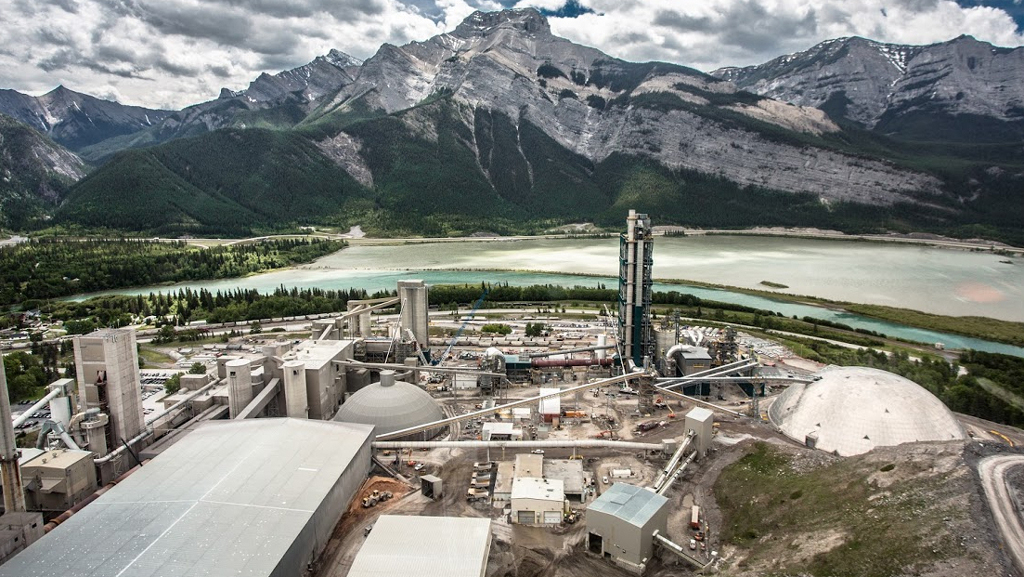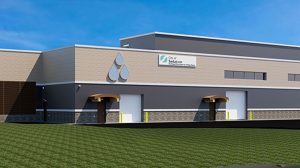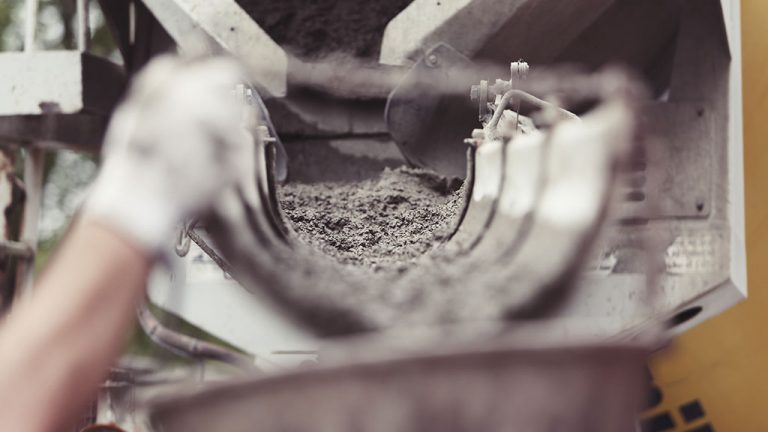Forty cement and concrete companies from around the globe have unveiled a joint industry effort to deliver carbon neutral concrete by 2050.
The initiative, called the 2050 Climate Ambition, is being co-ordinated by the Global Cement and Concrete Association. It aims to reach its targets through reducing and eliminating energy-related emissions, reducing process emissions through new technologies, more efficient use of concrete, recycling of concrete and other methods.
Adam Auer, vice-president of environment and sustainability for the Cement Association of Canada, outlined the progress Canada has been making and what can be done to accelerate carbon reduction.
Auer noted because the solutions and technology for cement around the world are roughly the same, the key difference between countries is their regulatory environment, policy and the ambitions of government to achieve climate goals.
Auer said a great place to start is by replacing fossil fuels that power cement plants with greener alternatives.
“We have been a bit behind Europe in part because pressure in Canada to modernize waste management policies has been less as we have more landfill space,” said Auer, adding the past decade has seen the industry and government work to improve regulations to streamline access to greener fuels. “We hope to catch up or exceed the global fuel substation rate.”
The Canadian cement industry has also been working to replace as much traditional Portland cement with Portland-limestone cement — a slightly altered version that performs the same but produces less greenhouse gases when made.
“We have worked as an industry to produce and get it through the codes process,” said Auer. “It’s now fully accepted into building standards and codes.”
The association is now working with government — by far the largest consumer of cement — to mandate the use of lower-carbon cement.
Auer noted the association scored a major win recently when the Treasury Board of Canada secretariat issued a proposal to mandate Portland-limestone cement across the country.
“It’s our ambition to make it the default cement in Canada,” said Auer. “That would reduce greenhouse gas emissions by one megaton each year.”
He added Portland-limestone cement can be made in every region across the country, and can be stacked with other carbon reducing technologies.
The third piece Canada is working on is carbon capture, as the country has become a centre of research for the green technology.
“It has become a major focus in recent years,” said Auer. “When you stack carbon capture storage with carbon utilization, sequestration and biomass fuels, you could have a pathway to be carbon negative.”
Auer said the technology to integrate carbon capture into the cement making process is there and it has been done in Canada, but the largest barrier is the high costs to build and run carbon capture facilities. Auer said it would cost roughly $500 million to build a full-scale carbon capture facility for cement, roughly half the cost of the cement plant itself.
“That’s a major barrier, but we see a huge ambition to make these technologies work and governments around the world are starting to see that carbon capture is going to be essential to meet climate targets,” said Auer.
Follow the author on Twitter @RussellReports.











Recent Comments
comments for this post are closed